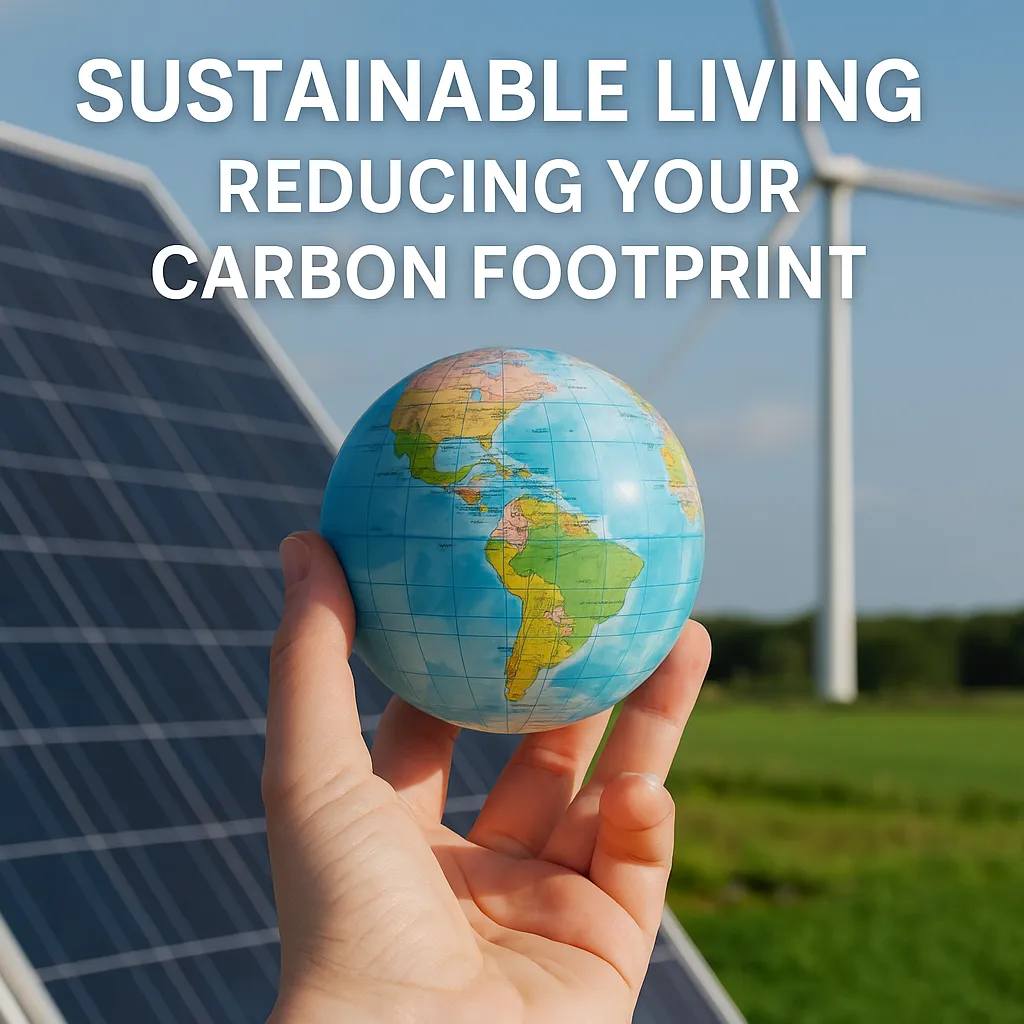
Eco-Living
Eco-Living
🏠 Reduce Energy Consumption Eco-Living
🔌 Turn off lights and unplug electronics when not in use
Even when devices are powered off, many still draw “phantom energy.” Unplugging appliances like toasters, TVs, or chargers when not in use helps reduce energy waste and lowers your electric bill.
💡 Switch to energy-efficient appliances and LED lighting
Energy Star-rated appliances and LED bulbs consume significantly less electricity than traditional models. LEDs last longer and use up to 80% less energy than incandescent bulbs — saving both energy and money over time.
🌡️ Use a programmable thermostat to optimize heating and cooling
Heating and cooling are major energy consumers. Smart thermostats let you program temperature settings based on your daily schedule, automatically lowering usage when you’re asleep or away.
☀️ Maximize natural light and ventilation
Design your living space to make use of natural sunlight and cross-breezes. This reduces the need for artificial lighting and mechanical cooling, lowering electricity use and improving indoor air quality.
⚡ Embrace Renewable Energy
☀️ Install solar panels or subscribe to a green energy plan
Solar panels can offset a significant portion of your home’s energy use with clean, renewable energy. If installation isn’t possible, many utility companies offer green power programs that source from wind or solar farms.
🌍 Support local renewable energy initiatives
Participate in or donate to community-based solar gardens, energy co-ops, or local renewable installations. This helps shift infrastructure away from fossil fuels.
🔋 Use solar-powered chargers or lanterns
Small solar-powered devices like phone chargers or outdoor lanterns are practical and reduce dependence on the grid, especially useful during outages or camping.
🔁 Minimize Waste & Recycle Properly
🚯 Avoid single-use plastics; choose reusable containers and bags
Plastic bags, bottles, and utensils are used briefly but persist for centuries in landfills and oceans. Reusable water bottles, cloth grocery bags, and glass containers reduce waste and pollution.
♻️ Recycle paper, glass, aluminum, and electronics responsibly
Proper recycling keeps materials in use and out of landfills. Learn your local recycling rules to avoid contamination. For electronics, use certified e-waste collection centers or programs like Best Buy or Staples recycling.
🌿 Compost food scraps and yard waste
Composting turns kitchen and garden waste into nutrient-rich soil. It reduces methane emissions from landfills and supports sustainable gardening. You can compost at home or join a local composting program.
🎁 Donate or repurpose unwanted goods
Before throwing things out, consider donation or creative reuse. Clothing, furniture, and electronics can often be repaired, upcycled, or given to organizations serving people in need.
🚲 Opt for Sustainable Transportation
🚶♀️ Walk, bike, or carpool whenever possible
Short trips contribute heavily to urban air pollution. Walking or biking reduces emissions, saves money, and improves health. Carpooling divides the environmental impact among more passengers.
🚍 Use public transportation
Public transit (buses, trains) produces far fewer emissions per passenger than private vehicles. It also alleviates traffic congestion and reduces dependence on fossil fuels.
⚡ Choose fuel-efficient or electric vehicles
Electric vehicles (EVs) produce zero tailpipe emissions and are increasingly powered by renewable electricity. Hybrid and fuel-efficient cars use less gas, emit less CO₂, and save on fuel costs.
🍅 Eat with the Planet in Mind
🛒 Buy local and organic produce
Local food requires less transportation, lowering its carbon footprint. Organic farming avoids synthetic pesticides and emphasizes soil health, which improves carbon sequestration.
🌿 Reduce meat consumption; explore plant-based meals
Animal agriculture is one of the largest sources of methane, land degradation, and water use. Reducing meat (especially beef and lamb) or trying plant-based alternatives lowers your dietary footprint.
🗑️ Avoid food waste by meal planning and proper storage
About 30–40% of food in the U.S. goes uneaten. Planning meals, using leftovers creatively, and learning proper storage (like keeping herbs in a glass of water) can dramatically cut waste.
📚 Resources to Help You Live Sustainably
🔗 EPA Carbon Footprint Calculator
This tool helps you measure your household’s carbon emissions and provides personalized strategies to reduce them based on your lifestyle choices.
🔗 Energy.gov
Offers articles, DIY energy audits, and rebate guides for solar, insulation, lighting, and other home upgrades that cut energy use.
🔗 Zero Waste Home
Run by Bea Johnson, a pioneer in the zero-waste movement. The site includes simple swaps, reusable product lists, and blog posts on low-impact living.
🔗 Story of Stuff
This nonprofit shares short films and campaigns focused on reducing overconsumption and building a circular economy.
🔗 Earth Hero App
A free app that gives users a custom climate action plan, lets them track progress, and recommends eco-friendly swaps and behaviors.